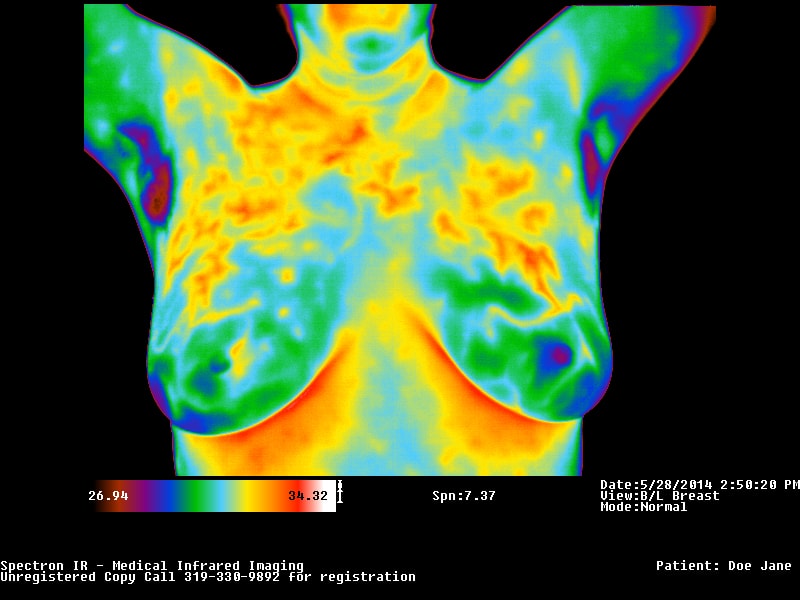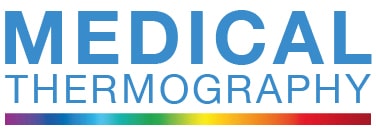What is Angiogenesis, and why is it important?

You may have heard the term ‘Angiogenesis’ in your research, or even at one of your thermography appointments. It is a crucial concept and one that helps to explain how thermography works and its advantage.
Angiogenesis is a normal and healthy process that occurs throughout your life. Any tissue in your body that is active or ‘alive’ needs to be close to blood vessels to acquire nutrients in order to function properly. When there is any change in your metabolic activity, or changes in your tissue, your blood vessels split and grow to get closer to the appropriate tissue, by a process called ‘Angiogenesis’.
Tumours induce angiogenesis too, which is why it’s important to thermography. Without angiogenesis tumours are restricted in their size. New blood vessels that result from angiogenesis cause new blood-flow, and blood-flow creates heat, which an infrared thermographic camera is sesitive to.
If a breast-health patient has a ‘baseline’ image to compare it to, angiogenesis will be indicated in a new area and draw attention, possibly indicating tumour growth. Also, humans are symmetrical in some regions of the body, which means heat indicated on one side of the body can be compared to the other side of the body, indicating metabolic activity.
There are studies that reveal how tumours can trigger angiogenesis, with ideas about treating tumours by preventing this process, but this is a subject for your research.
